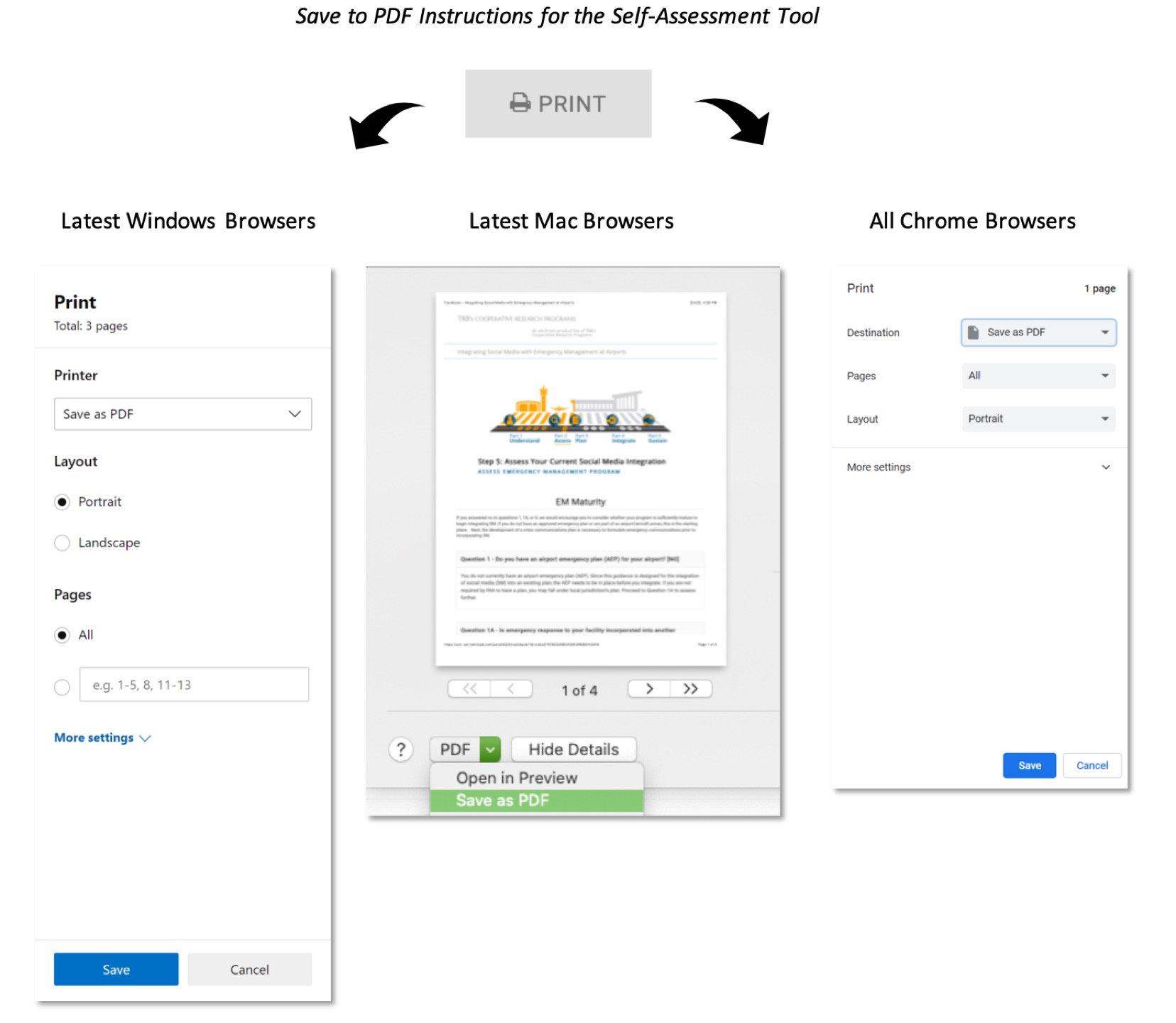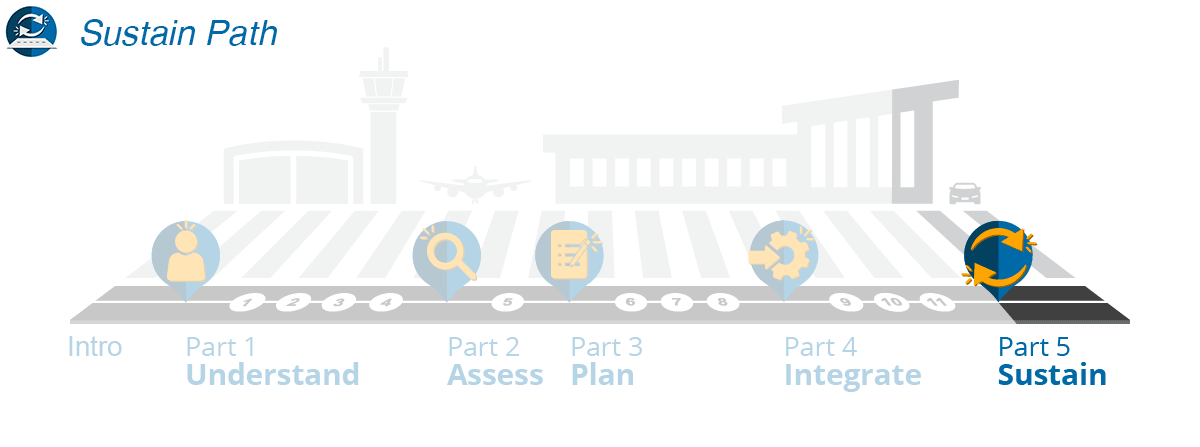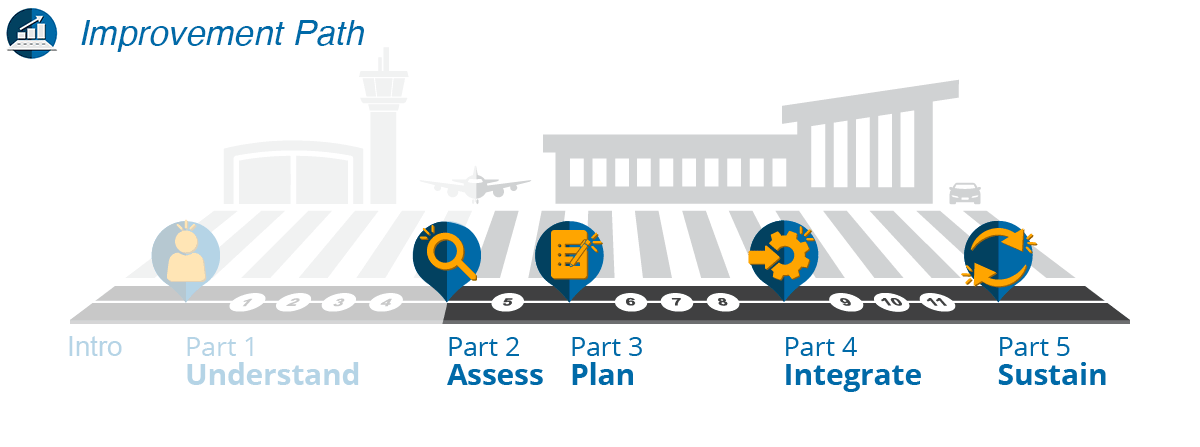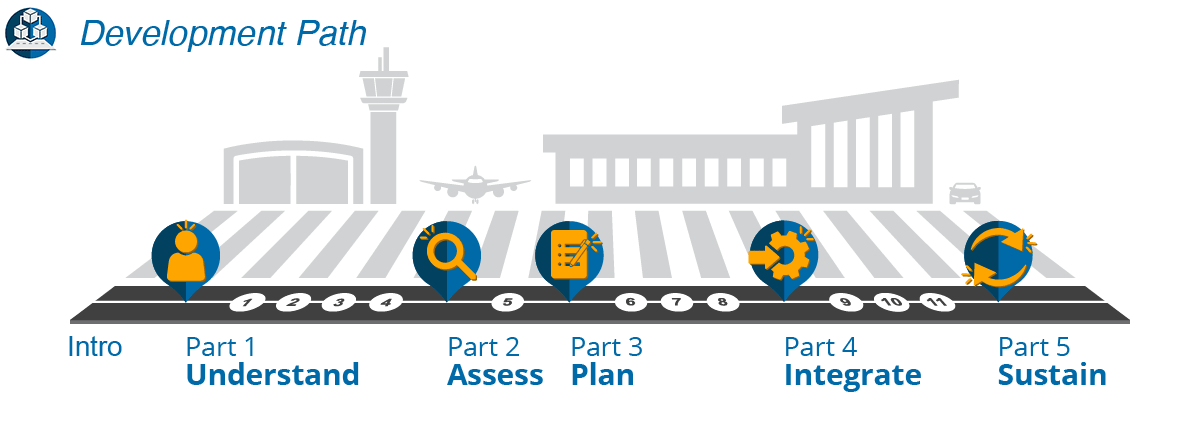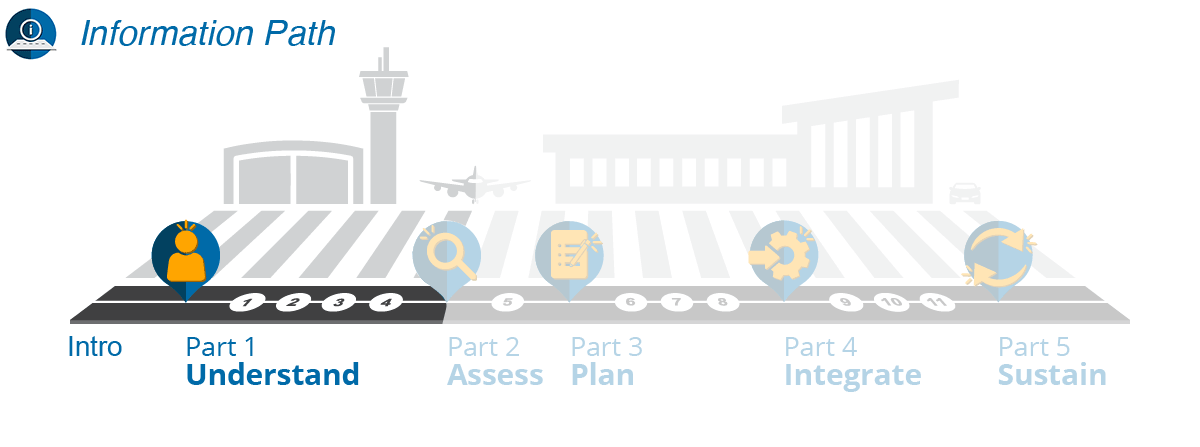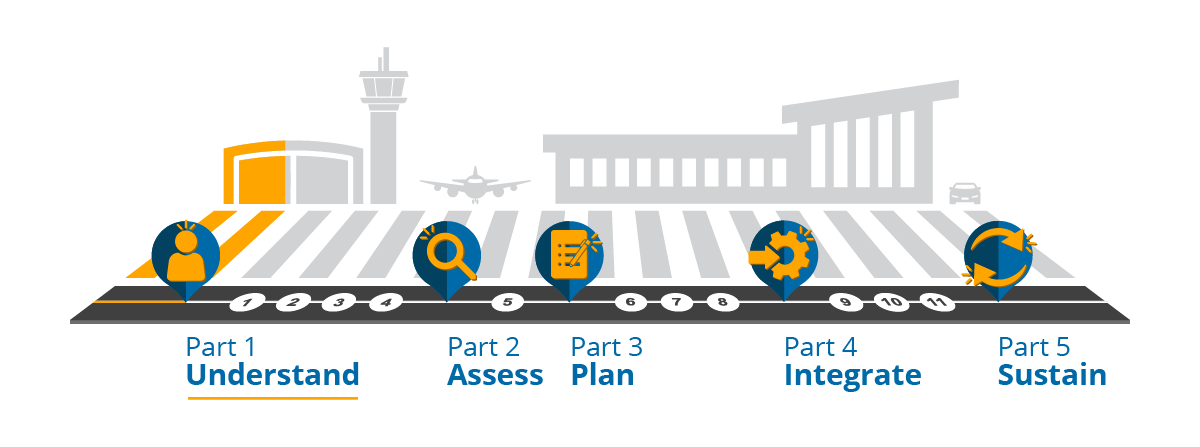
Step 1: Understand the Basic Functions of Social Media
SOICAL MEDIA DEFINITIONS AND BASIC FUNCTIONS
The Merriam-Webster dictionary defines SM as "forms of electronic communication (such as websites for social networking and microblogging) through which users create online communities to share information, ideas, personal messages, and other content (such as videos)."1 This includes online SM channels such as Facebook, Twitter, and Instagram-what most think of when SM is discussed. However, SM also includes platforms used at the organizational level to coordinate efforts in response to emergencies, such as Everbridge and Blackboard.
Note: The aim of this WebResource is not to recommend any specific platform; those mentioned are simply there to provide context. The aim is to provide information in a manner that is useful regardless of what is trending.*
As with any new concept, it is important to understand the basic terminologies used. With that in mind, we have listed here a few definitions for common SM terms. We use these terms consistently throughout this WebResource:
- SM Channels: online channels that include capabilities for public posting and private group posting and messaging. Most SM channels, such as Twitter, Facebook, Instagram, and others, provide access to their websites through the use of a computer and browser and/or a mobile application.
- SM Profile: an account on an SM channel tied to an individual user. An SM profile will link other users to any content publicly posted by the user and give them the option of following the user's profile. Most channels also provide the ability for organizations such as airports to have a profile on their site.
- Mass Notification System (MNS): platforms used by organizations to send one-way messages to quickly communicate with a large set of stakeholders.
- Private Secure Responder Messaging Channels: channels with SM-like capabilities that allow for secure publishing and engagement between those responding to an incident.
Social Media Basic End User Functions
SM channels enable end users to write content, upload media (pictures, video, audio), and follow the profiles of other users who are doing the same. Once users generate content, they have the ability to share/post it publicly or only to those with whom they have chosen to connect. For additional privacy, many channels provide options for users to directly message one another. Once content is shared/posted, most channels also allow users to share content generated by other uses or simply show their approval by "liking" the content or posting a comment to it. In addition, some channels allow users to share their location when sharing any given piece of content.
Used at the organizational level, private secure responder messaging channels provide similar functionality, but they are locked down to only those who are part of the response to an event. They are also geared more toward simple messaging, whereas SM channels encourage users to perform a much broader set of functions. MNS platforms are also fairly simple, providing the ability for organizations to send one-way notifications to users of the platform or other individuals who have allowed the organization to send messages to their mobile phones.
These basic end user functions form the core of what most readers consider "social media," and they comprise many of the everyday tasks you will be performing in running your SMEM program. As you go through this WebResource, you may find you need further definition of SM or additional information on these functions. If you find this to be the case, we recommend you consult other resources before proceeding. Numerous resources have been published detailing the broad spectrum of platforms and their functionality. You can refer back to the Resource tab for a few options.
REFERENCES
- "Social Media," Merriam Webster, Inc., accessed September 13, 2019, https://www.merriam-webster.com/dictionary/social%20media?src=search-dict-box.
